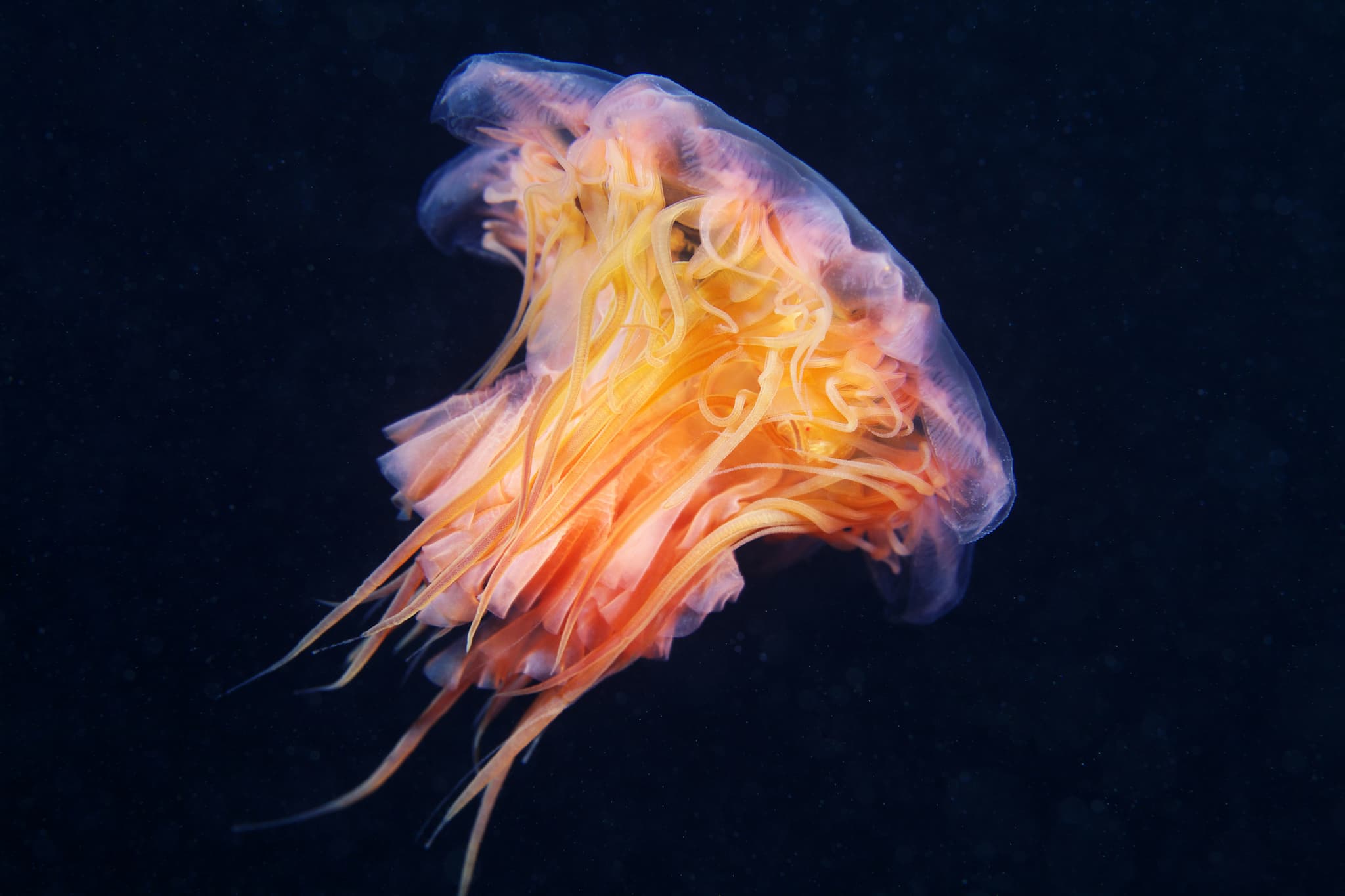The Highest Form of Flattery
When it comes to overcoming an array of varied problems with an even more diverse set of solutions, scientists have nothing on natural selection. Countless generations of millions of species have developed numerous ways to defy gravity, stick to objects while underwater, and even lift objects thousands of times more massive than themselves.
Medics, scientists, and even engineers have long been interested in learning how biology has overcome certain obstacles so they can glean principles that we might apply to our own challenges. A historical example of such a strategy can be found in the Wright brothers' study of birds as they worked on their first plane. They observed how the shapes of birds wings affected airflow and lift, and incorporated this information into what became the first aircraft to complete a sustained, controlled flight.
Today, aerospace engineers continue to use this strategy, now with the focus specifically on owls to make aircraft quieter. And with tools that allow us to study organisms on a molecular level, we can now look at everything from sea creatures to woodland animals for inspiration to improve our tech, our medicine, and — ultimately — our lives.
One company that has successfully adopted this strategy, called "biomimicry," is Gecko Biomedical, founded by Jeffrey Karp. He designed a medical tape to replace sutures and staples that was inspired by — you guessed it — the gecko. By simulating the tiny hairs that allow gecko's feet to stick to walls (and adding some glue for good measure), Karp was able to design a tape that could seal incisions in internal tissues like gastrointestinal tracts.
Karp's team has also gone on to invent a surgical glue after studying the mucus of sandcastle worms. The glue not only remains sticky in wet environments, but is strong enough to hold together a beating heart — an application for which the glue is undergoing clinical trails in Europe.
Solving a Problem
Karp maintains that his goal in biomimicry is never to simply copy certain elements in nature just because we can. Instead, he aims to identify real human needs, and only then look at the natural world to see if it offers any insight.
"When we look to solve problems, it's not so we can publish papers and get pats on the back from the academic community," Nick Sherman, a research technician at Karp Lab, said in an interview with the Guardian. "It's more like, 'Is this work going to help patients? If not, how do we make it help them?'"
That is why the team has focused on developing medical devices that have the potential to vastly improve patient care, as is the case with the surgical glue. Jean-Marc Alsac, a cardiovascular surgeon who is overseeing the trial, told the Guardian, “This could completely transform how we perform surgery.”
But medicine is not the only field that nature has been transforming. Robotics, too, has been building off of biological models, yielding 'bots that can do amazing things. For example, engineers recently designed 100-gram (3.5-ounce) robots that work together like ants. When six of these cooperate, they can lift a 1,800-kg (3,900-pound) car.
The robo-ants could be applied to a number of today's problems, which are many. With continued symptoms of climate change, an aging population at higher risk of cancer, and an increasingly digital society that is more susceptible than ever to cyber attacks, we are in desperate need of fresh solutions. These machines, medical devices, and robots are a testament to the wisdom of the natural world.
Karp believes biomimicry is a winning strategy because "every living creature that exists today is here because it tackled a number of challenges," he told the Guardian. "In essence, we are surrounded by solutions. Evolution is truly the best problem-solver."
Share This Article
